Day 12 of the Derek Chauvin murder trial was the day the prosecutors for the State of Minnesota rested their case, and Derek Chauvin’s defense case began.
I spent 23 years as a prosecutor and I’m in my 8th year as a defense attorney. At the risk of reducing a complicated determination down to a too-basic formulation, it is never a good defense strategy to attempt to prove to the jury that your client is innocent.
That is not necessary to prevail in a criminal case. The defendant enjoys the “presumption of innocence” at all times during the presentation of evidence in the case. The defendant does not lose that presumption of innocence until the jury is sent behind closed doors to begin their deliberation on the evidence they have heard. It is an important theme to emphasize throughout the case as evidence is being presented that the defendant retains the presumption of innocence notwithstanding everything that the jury is being told. I’ve even managed to sneak in questions of witnesses to reinforce the point during my cross-examination.
The reason why it is important to persist in this theme is that the most effective way to defend against a criminal case is to attack the competence of the investigation. While the government case is being presented through its witnesses, the defense must be sowing doubt in the jurors’ minds at every possible opportunity with regard to the competence and trustworthiness of the evidence they are hearing.
The State’s case consisted of three primary components — 1) witnesses at the scene and the video evidence; 2) use of force experts to establish that Chauvin’s actions were wrongful; and 3) medical experts to link Chauvin’s conduct to the cause of Floyd’s death.
There was little to work with in terms of the witnesses at the scene and the video evidence. The only real purpose of any cross-examination at all was to show to the jury that defense counsel was engaged and nothing would be conceded to the prosecution. But the evidence was going to be seen, and it was going to have an emotional impact on the jury. That fact became important to another part of the trial as noted below.
The second component of the state’s case was the use of force testimony. This was the “high water” mark for the defense, as the prosecution put on a series of expert witnesses whose testimony, in some ways, helped the defense as much as it helped the prosecution. The cross-examination by defense counsel Eric Nelson was very effective, gaining many concessions on matters explicitly present at the scene and time of the arrest of Floyd. I thought he did what he needed to accomplish with those witnesses — maybe even better than he expected. Some of the experts were not very good as witnesses, others had dubious expert qualifications, and one — the Chief of Police — had to admit that his background in policing actually involved little or no experience arresting anyone for any reason.
The third component was the medical testimony. The prosecution’s evidence on this was very good, but even so, there were parts that Chauvin’s attorney could make use of to help him on the “use of force” component. Most significantly, a key expert witness for the prosecution, Dr. Martin Tobin, stated that in his opinion, the position of Chauvin’s knee across the upper back and neck of Floyd played no meaningful role in the mechanism of Floyd’s death. While this didn’t get Chauvin off the hook completely, it was a basis to minimize the worst parts of the video and witness testimony. In closing argument, Chauvin’s attorney could have used Dr. Tobin’s testimony, blown up the size of a 4’x6′ poster or displayed on every television monitor for the jury to see, to drive home the fact established by the prosecution’s expert — that all the video of the location of Chauvin’s knee was actually irrelevant to the fact that Floyd died there on the street.
That one bit of testimony would have been a spine upon which to hang all manner of allegations of half-truths and deceptions that have filled the prosecution’s case. I would have gone further in Dr. Tobin’s testimony to ask when he first came to the opinion that the positioning of the knee didn’t contribute to Floyd’s death. I would have asked if he shared that opinion with the prosecutors, and if so, when?
In closing, I would have force-fed back to the prosecutors their distortions and half-truths about what they knew from their own expert that caused Floyd’s death — and as importantly what they knew didn’t contribute to Floyd’s death. I would have wondered out loud “Why all the emphasis on the knee and a “blood choke” when they knew for weeks or months that the placement of the knee was not relevant.” What else did the government put before the jurors that it knows are half-truths or distortions?
That is how you attack the prosecution’s case. You create doubt in the juror’s minds with regard to their ability to trust the government’s evidence as much as you create doubt in their minds about what the evidence does or does not show.
But instead of allowing the decent state of the evidence to remain as it was when the prosecution rested, defense attorney Nelson called a “use of force” expert of his own.
I understand that this is the basic playbook in this kind of case. The prosecution called the use of force experts to testify that Chauvin acted unreasonably and outside of policy, so Chauvin’s attorney needed to blunt that testimony — which wasn’t very good — with a defense expert who could testify that Chauvin’s actions were reasonable and within the boundaries allowed by policy.
But if you are going to call that play in a case of this magnitude, you need to make sure you have an all-star quarterback who can pull it off when the ball is snapped.
There are dozens of highly polished and extremely effective “use of force” experts with sterling backgrounds and reputations, and with a wealth of experience as witnesses holding up under cross-examination.
Chauvin’s attorney didn’t find one of those guys.
But I’m sympathetic. Given the realities of this case, and the political climate in which this trial is taking place, any recognized high-quality expert in this field would think long and hard on the question of whether to step forward into the maelstrom and take the witness stand as an expert on behalf of Derek Chauvin. The expert they found may have been the best who was willing to make himself available, and that fact alone may have been the reason he was on the witness stand today and not someone else.
If that was true, however, then the state of the evidence on the use of force issue based on the witnesses called by the prosecution was better than the state of the evidence on that issue is now after the testimony of the defense expert. This was a witness that the defense did not need to call given the good work done on cross-examination of the government’s experts.
But having decided to call him — which was a strategic error — that problem was made so much worse by the tactical error of not having him work through the video evidence in a complete and comprehensive manner.
Again, I understand that the playbook says “Don’t let the jury see any more of the video than they have already seen.” But that is a wrong and meaningless consideration here.
The videos are engrained in the consciousness of the public. The jury has already seen them, and they will have the videos in the jury room when they deliberate. They will watch them as many times as they want, and following the “playbook” by not having the defense expert testify about what was shown in the videos created a gaping hole for the prosecution to exploit.
Why? Because the prosecution showed the videos while cross-examining the defense expert. The prosecutor was allowed to narrate the videos since he was on cross-examination and could pose leading questions. He walked the defense expert right through the entire sequence of events as the jury watched, asking damning questions all throughout that were posed in such a way that the defense expert was forced to agree and concede point after point to the prosecution.
When the cross-examination was done, there was nothing left to salvage on redirect.
And that brings me to my point — the defense was faced with a difficult decision. It could have opted to not call any expert on the use of force, and simply relied on the damage that had been done to the government’s experts on cross-examination. The government has the burden of proof beyond a reasonable doubt. Effective attacks on the government’s experts are one way to accomplish that.
Calling a defense expert to prove Chauvin’s innocence was unnecessary. As I said at the outset, an effective criminal defense strategy doesn’t involve proving that the defendant is innocent. That’s trying to do way too much. Calling the defense expert was an effort to prove Chauvin’s innocence — that he did not use “unreasonable” force under the totality of the circumstances.
But if they were determined to call that expert, then they had to “sell-out” 100% — and that meant confronting the video evidence with the help of the expert.
When the prosecution turned to the video on cross-examination, at least there would be two narratives in play about what the video showed — the first narrative given by the expert in direct examination, and then the second narrative that the prosecution was going to try to force the expert to concede to. But there would have been two narratives to draw on in closing.
As it worked out, at the conclusion of his testimony, the defense expert had listened and nodded in agreement as the prosecutor gave a closing argument about how Chauvin is guilty while narrating the meaning of events as shown on the video.
Not a good day.
It didn’t have to be that way.




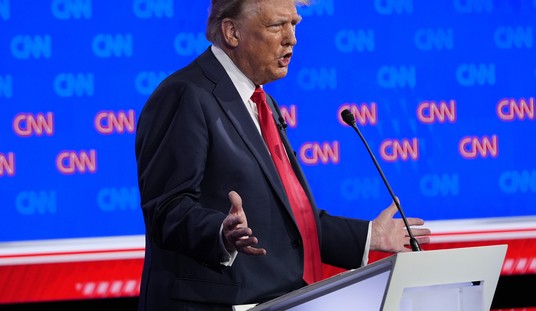

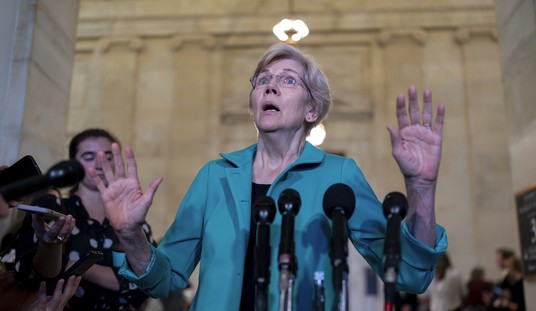
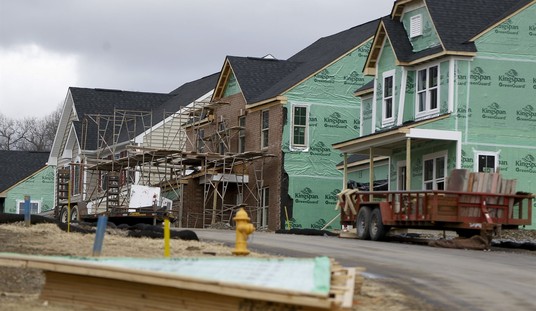
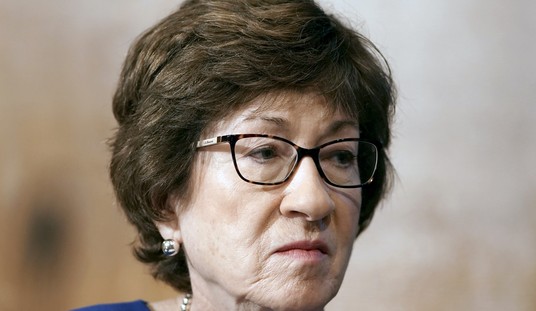
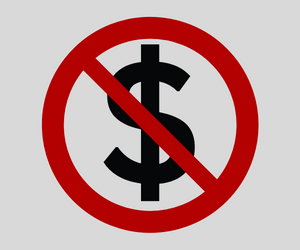


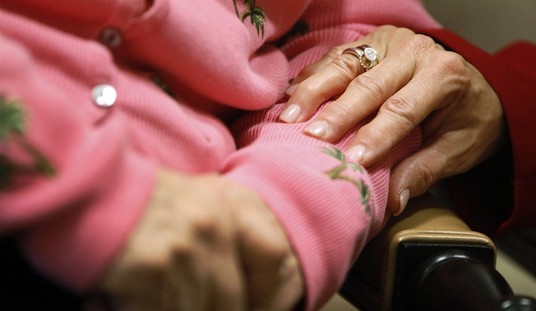


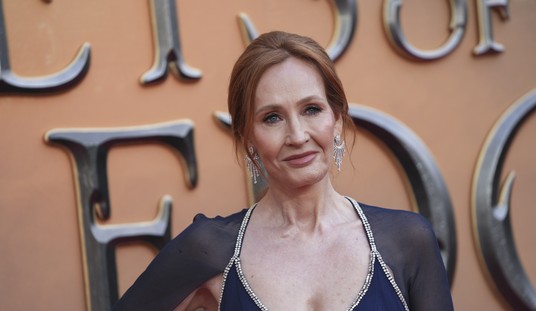

Join the conversation as a VIP Member